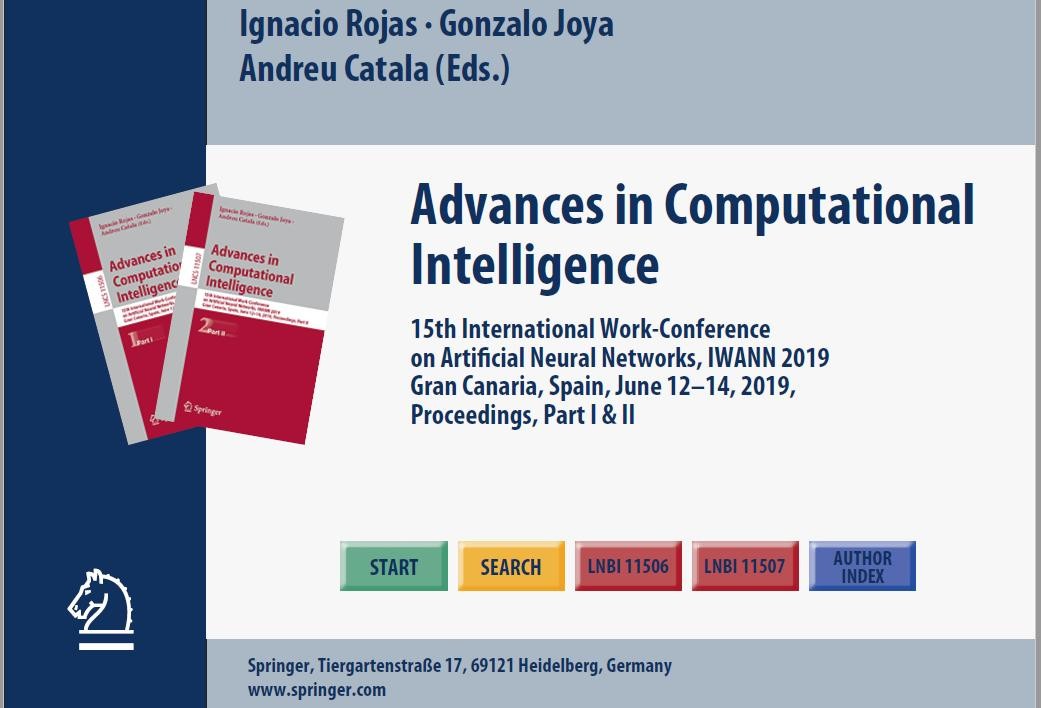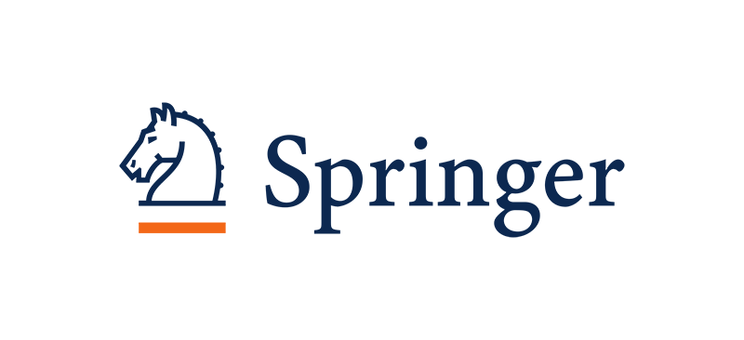W dwutomowej monografii wydawnictwa Springer pt. "Advances in Computational Intelligence" wydanej w serii "Lecture Notes in Computer Science" (tomy 11506 i 11507) opublikowano prace zaprezentowane na konferencji "IWANN - International Work-Conference on Artificial Neural Networks", June 12-14, Maspalomas, Gran Canaria, Spain. Współautorem jednego z rozdziałów monografii jest dr hab. inż. Robert Hanus, prof. PRz.
Hanus R., Zych M., Jaszczur M.: Computational intelligence approach for liquid-gas flow regime classification based on frequency domain analysis of signals from scintillation detectors. In: Rojas I., Joya G., Catala A. (eds) Advances in Computational Intelligence. IWANN 2019. Lecture Notes in Computer Science, vol. 11507, 339-349. Springer, Cham, 2019. https://link.springer.com/chapter/10.1007%2F978-3-030-20518-8_29).
Abstract
Liquid-gas flows frequently occur in the mining, energy, chemical, and oil industry. One of the well-known non-contact method applied for measurement of parameters for such flows is the gamma-ray absorption technique. An analysis of the signals from scintillation detectors allows us to determine the flow parameters and to identify the flow structure. In this work, four types of liquid-gas flow regimes known as a slug, plug, bubble, and transitional plug – bubble were evaluated using selected computational intelligence methods. The experiments were carried out for two-phase water-air flow in horizontal pipe with internal diameter equal to 30 mm using a sealed Am-241 gamma-ray sources and a NaI(Tl) scintillation detectors. Based on the signal analysis in the frequency domain, eight features for the fluid flow were extracted and then were used at the input of the classifier. Three computational intelligence methods: single decision tree, multilayer perceptron, and radial basis function neural network were used for the flow structure identification. It was found that all the methods give good classification results for the types of analysed liquid-gas flow.







